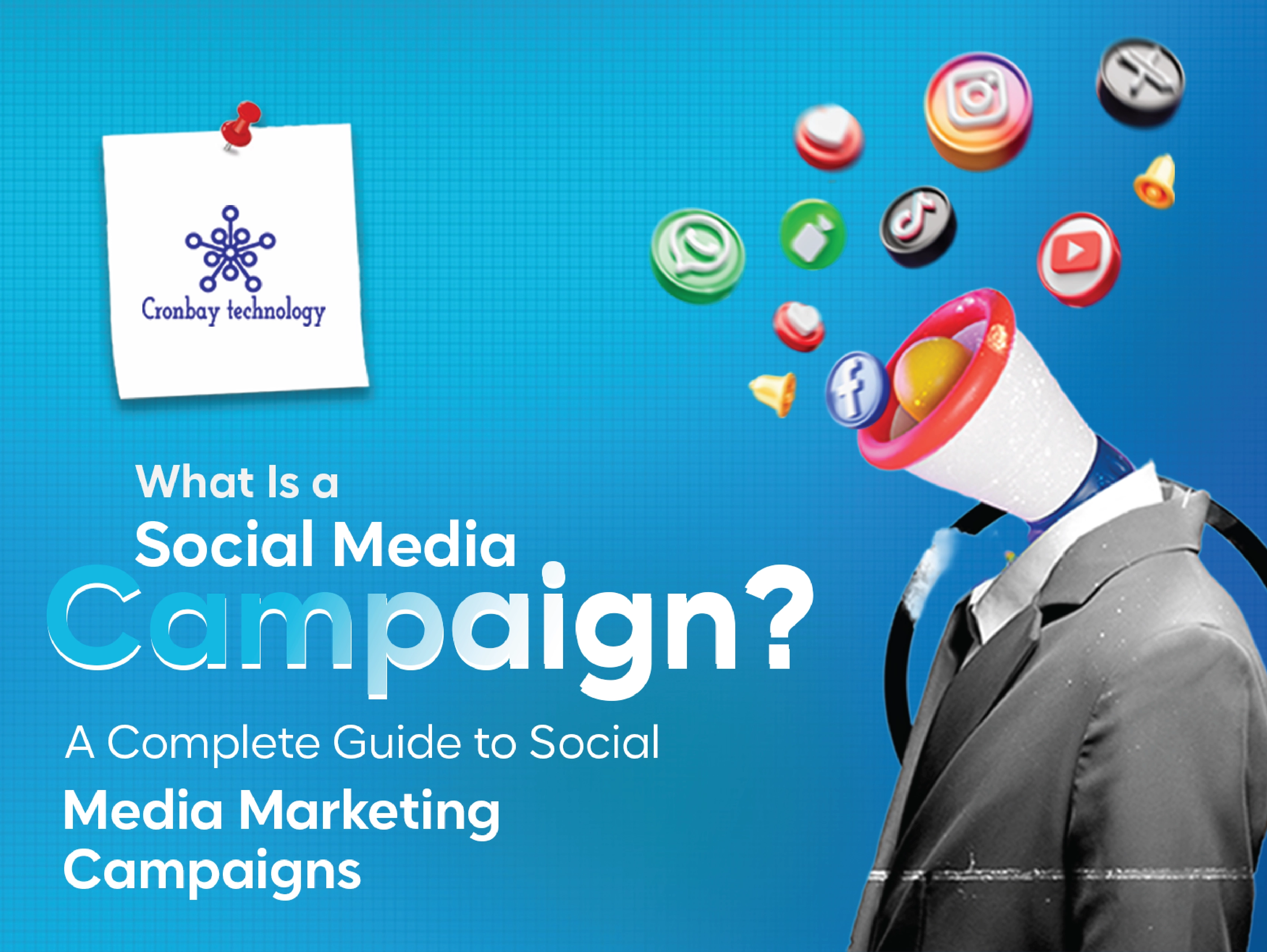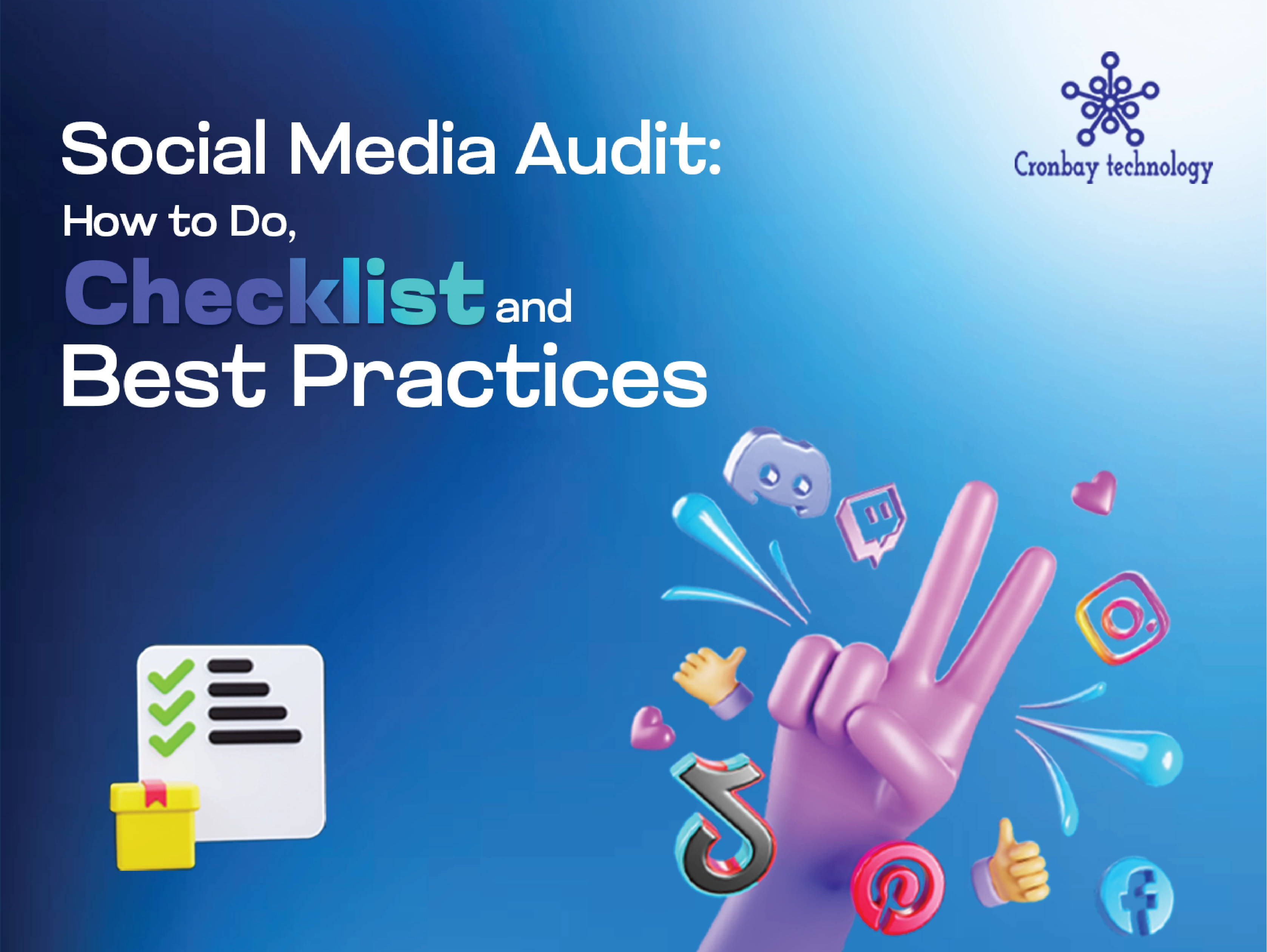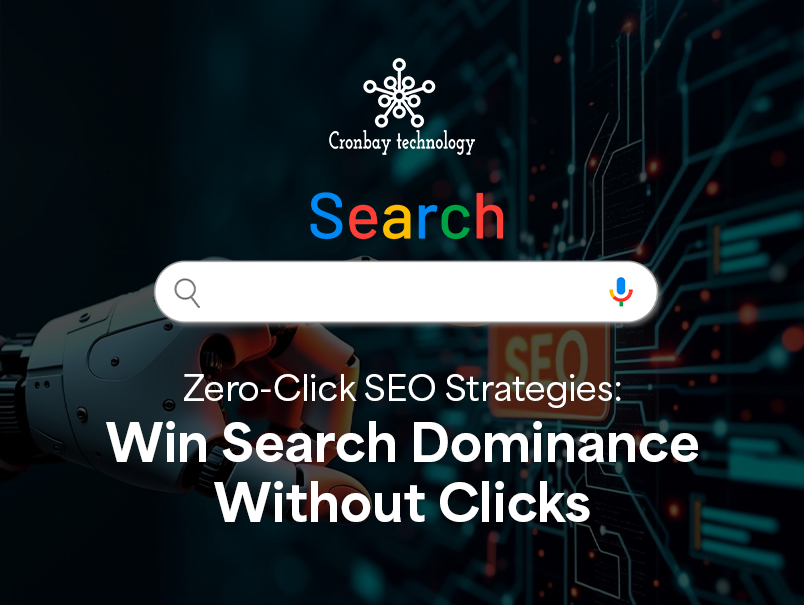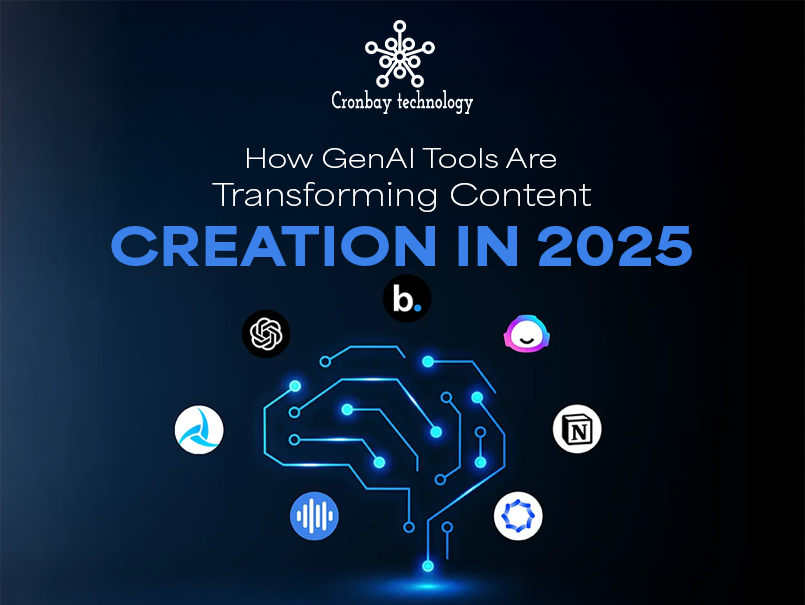Your customers' purchasing experiences are as unique as they are. In terms of their interactions with your website, they want a customized and distinctive experience. This is exactly what Dynamic Creative Optimization provides! It enables companies to provide individualized ad experiences at scale to match escalating consumer expectations. When an ad is shown, DCO uses a mix of previous insights and current data to create real-time campaigns that are personalized to the viewer.
For various reasons, dynamic digital ad types tend to outperform static digital ad kinds. Customers are more likely to view advertising they deem "relevant" since DCO uses real-time, context-specific data to decide what to show, which implies they are more likely to click and convert. Automatic multivariate testing and segment-specific historical data are used to evaluate and improve dynamic advertisements. DCO creates real-time advertising campaigns via the use of programmatic techniques.
Using real-time data and testing, live analytics, and optimization, you may optimize the effectiveness of your banner advertising. They are more effective than static advertising since they are more relevant, tested, and dynamic.
How does dynamic creative optimization work?
Advertising in the digital age depends heavily on the user's engagement with your website, activities, data, etc. Ads that appeal to a broad audience are likely to appear on a user's first visit to your website.
A new strategy has been implemented thanks to a collaboration with DCO. DCO's data feeds gather user data and curate creatives specific to each individual.
The emphasis of dynamic creative optimization is on just those aspects of the creative that are important to each user. Ad personalization may imply different things to various individuals. For some, it may simply include collecting time and location data, while others may choose to incorporate data from prior ads they've seen.
Why is DCO used?
Display advertising's integration of DCO is a novel and intriguing idea. This is because data-driven advertising strategies are used. Not only that, but companies finally realize the importance of plans and artificial intelligence as a unit (AI). So what makes dynamic creative optimization so important?
Most importantly, it keeps pace with the audience's evolving wants and demands. According to a poll done by Segment , 71 percent of consumers feel annoyed when the buying experience is impersonal. Nowadays, viewers are more aware of advertising, and as a result, they are willing to participate more actively and want a greater degree of customization. The evidence is unequivocal in demonstrating the need for DCO. Providing customized information while maintaining excellent quality is what makes you stand out from the crowd in your market.
Blocking all advertising is a specific option for viewers who are fed up with seeing low-quality adverts repeatedly. Then there are the marketers that distribute advertising that have no relevance to their target demographic repeatedly. Customer data analysis and the creation of dynamic content that is always relevant to the target audience are the most pressing issues of our day. Personalization and innovation are well-balanced in DCO's service.
Does dynamic creative optimization use cookies?
Using Dynamic Creative Optimization, you may target a specific user with a customized ad based on their preferences and past activity. DCO's most outstanding feature is that it collects data from beginning to finish. Using cookies, it will be able to match the proper advertising to the right user. On the other hand, Dynamic Creative Optimization must be able to tailor the ad to the target audience.
We need to plan to ensure that we have a sufficient number of ideas. The more you have on hand, the better off you'll be. Just to ensure that the campaign gets seen by the people you want it to reach.
What is Facebook's dynamic creative optimization?
When it comes to Facebook advertising, testing new features is essential. In this case, we aren't talking about abandoning your current approach, but a tiny expenditure from experimenting might go a long way in providing you with new and exciting possibilities. The Dynamic Creative function is one of those new features (DCO).
Advertisers may input photos, headlines, descriptions, call-to-actions, and link descriptions using Facebook's Dynamic Creative, which Facebook then optimizes in real-time. The idea is to let Facebook optimize your Facebook advertisements in real-time based on the creative performing well.
Examples of dynamic creative optimization
These strategies are currently being used across various industries and marketplaces. There are a few of its examples:
-
Financial services
Consumer markets, such as insurance companies, retail banks, and so on, are included. DCO is a great fit for them because of the frequency they need to refresh their creativity. Finance companies might benefit from using dynamic creatives since stock prices, lending rates, and other variables continuously change.
By testing with different pictures, layouts, CTAs, and offers, the technology may help you find the right fit between your audience and your message.
Loan and interest rate offers, and rewards on goods, stocks, branch locations, and other dynamic components may be employed.
-
Automobile industry
DCO is an excellent way for an advertiser to offer relevant and distinctive messages to consumers throughout the car-buying process, typically lasting around a month. Using data from third-party suppliers makes it simpler for advertisers to target specific audiences with relevant adverts.
Depending on where you are, the industry takes on different forms. Even in the same country, there may not be an option for every model. A DCO effort is behind the "dealer near you" feature on the website.
The retargeting approach is also used by marketers to retarget the audience interested in a product. DCO enables the marketers to adapt to target criteria like age, interest, product offerings, etc, and develop custom-built campaigns that attract them. In a highly competitive market, techniques like contextual targeting may also be used.
Dynamic variables such as vehicle model and dealership locations, previously viewed cars, and other viewers' demographics in the targeting strategy are all examples of dynamic components.
-
Ecommerce
The eCommerce and retail industries may greatly benefit from DCO tactics. A customer's lifecycle, hobbies, and other variables are taken into account while creating personalized communications tailored to their needs.
Retargeting, time-limited advertisements, "deal of the day" promos, product retargeting on the shopping cart page, and other local incentives are all possible with this method, and it's fantastic for all of them.
-
Tourism and travel
Travel companies use DCO methods to generate and provide appropriate creative versions based on the customer's actions and preferences. Additionally, this looks at the data about homes that have been seen.
Travel companies employ dynamic creatives to geo-target their customers and offer appealing tickets depending on their most probable departure places. Additionally, incentive packages to keep customers coming back may be implemented.
Final Thoughts
Advertisers have recently realized how powerful it could be as a marketing tool. Dynamic creative optimization has shown considerable increases in conversion rates and sales.
As a result, it's reasonable to conclude that companies should start learning about DCO and its benefits. There is no limit to what can be done here. If you are looking for professionals to help you out in the process, click here to book the appointment!
Frequently Asked Questions
Q1. How to view DCO results?
Ans.
- Navigate to the Ad Set tab inside the Ads Manager interface.
- Select By Dynamic Creative Asset after clicking the Breakdown button in the upper right corner.
- To see the performance results, choose a breakdown from the options provided.
Q2. How exactly may dynamic search advertisements be of assistance?
Ans.
Save time. You will no longer need to connect keywords, bids, and add content to each individual product on your website.
- Save time. You will no longer need to connect keywords, bids, and add content to each individual product on your website.
- Display suitable headlines that are produced dynamically along with your advertisements.
- Take charge of your advertisements.
- Take advantage of the increasing traffic.
- Your final URL domain will be used to generate the display URLs.





